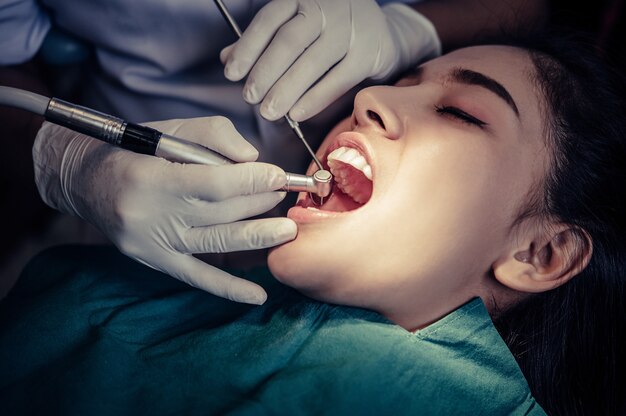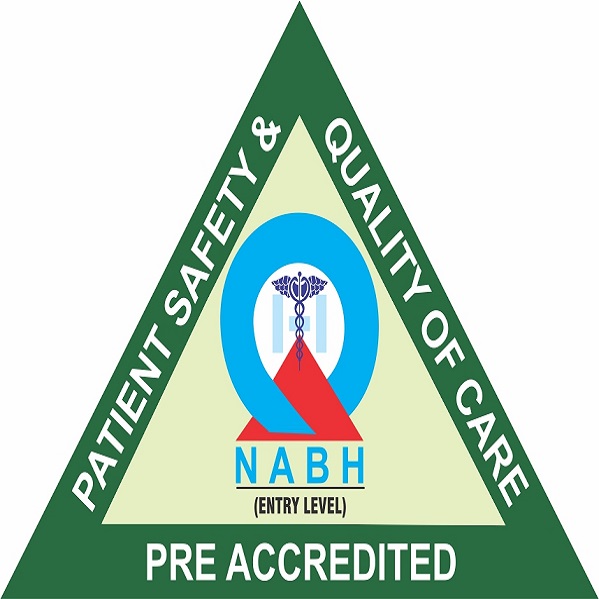
A broken tooth results in severe pain and exposes the gums to the risk of several extremely critical infections. Broken tooth is a common problem found in patients of all age groups. No matter how strong your teeth are, they can break, crack or fracture due to certain reasons or accidents. To keep such risks at bay, one should visit his dentist as soon as he experiences any crack in his teeth. The dental team at AHRI consists of a well-experienced team of professionals under the leadership of the best dentists in Gwalior, Dr. Rohit Agarwal and Dr. Shipra Agarwal.
AHRI offers all kinds of treatment for a broken tooth. Root Canal Treatment or RCT is the best method to treat dental issues painlessly. It aims to remove the damaged pulp from the tooth and to ensure that it is infection-free. It is a painless treatment with an extremely high success rate. After RCT is performed dentists prefer covering the treated tooth with dental crowns. This ensures extended protection and prevents treated teeth from further damage or infections. Besides RCT, Ceramic filling is also a commonly preferred solution for a broken tooth. It is a conventional method of tooth fixation that strengthens and restores almost 90 percent of the damaged tooth.
If the problem worsens and turns severely critical then Dental Implants are advisable. This procedure involves replacement of tooth roots.
All the above-mentioned treatments at AHRI Gwalior are conducted with help of the latest technological advancements accompanied by the best possible care. We at AHRI firmly ensure that money shouldn’t prohibit a patient from getting adequate treatment. That is why AHRI Gwalior offers its patients the best treatment at cheaper costs. This blend of technology with service makes AHRI the best dental dentists institute in Gwalior.




